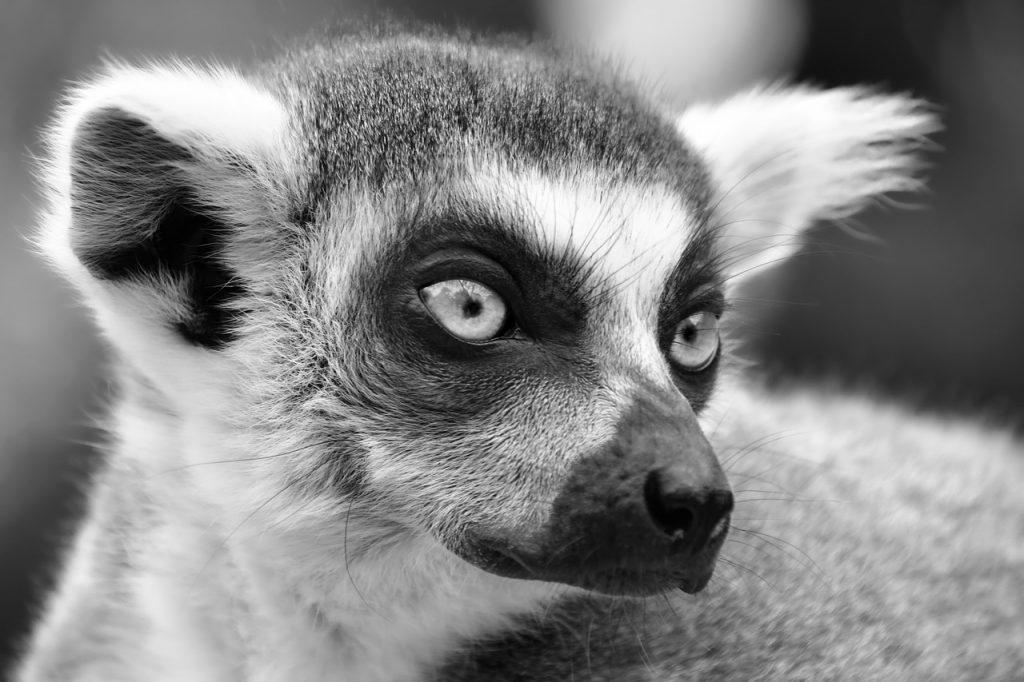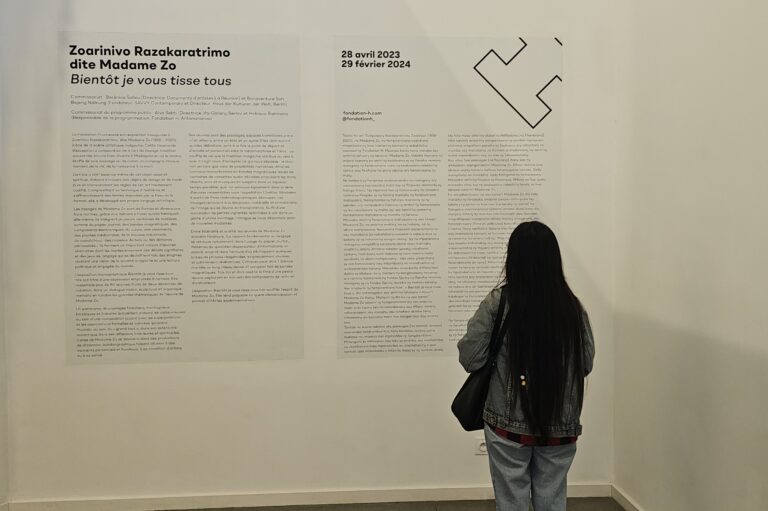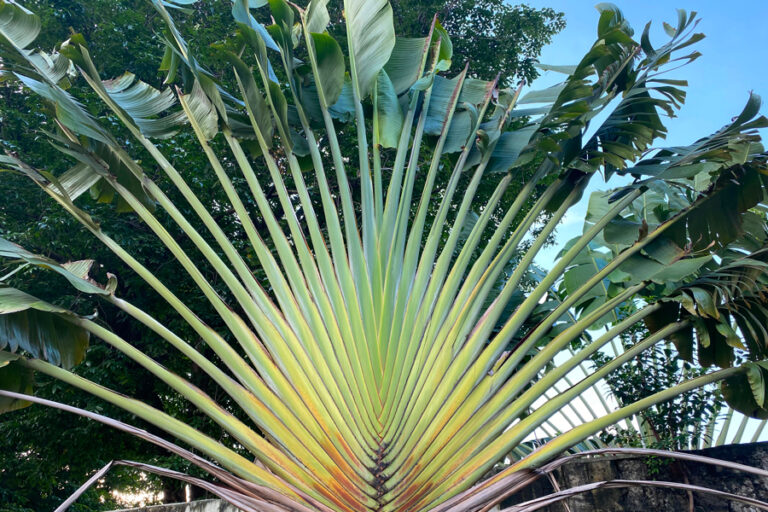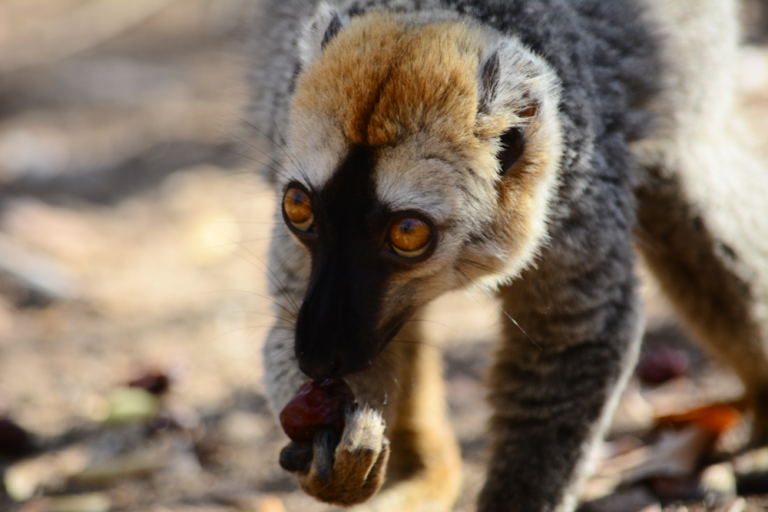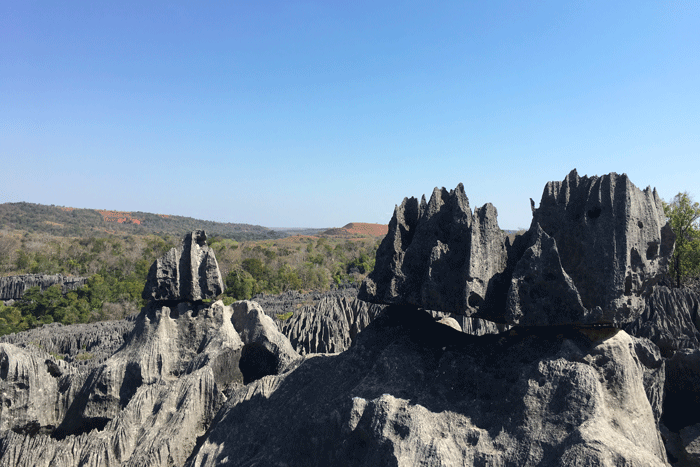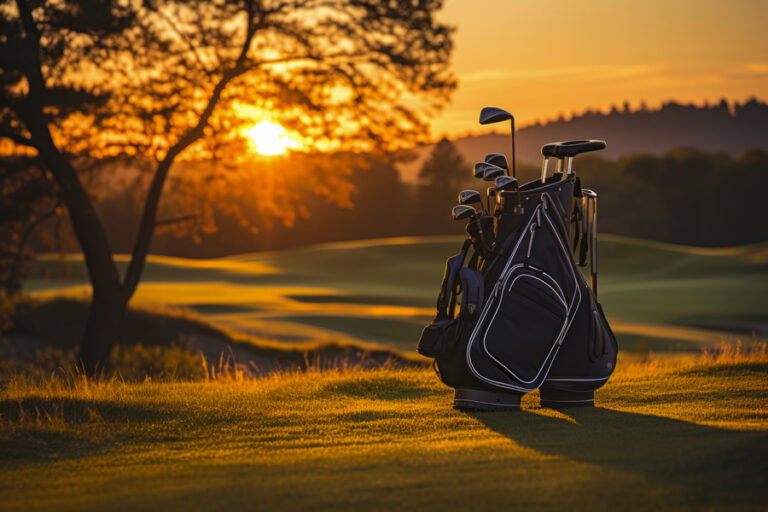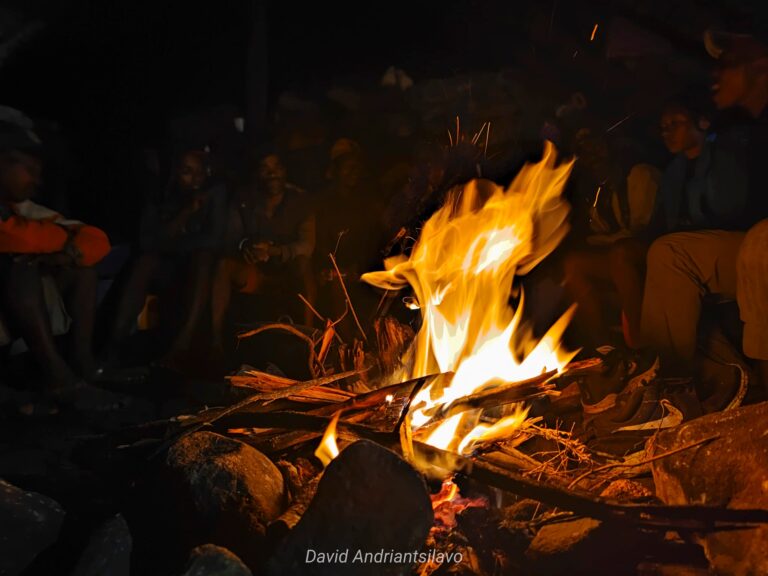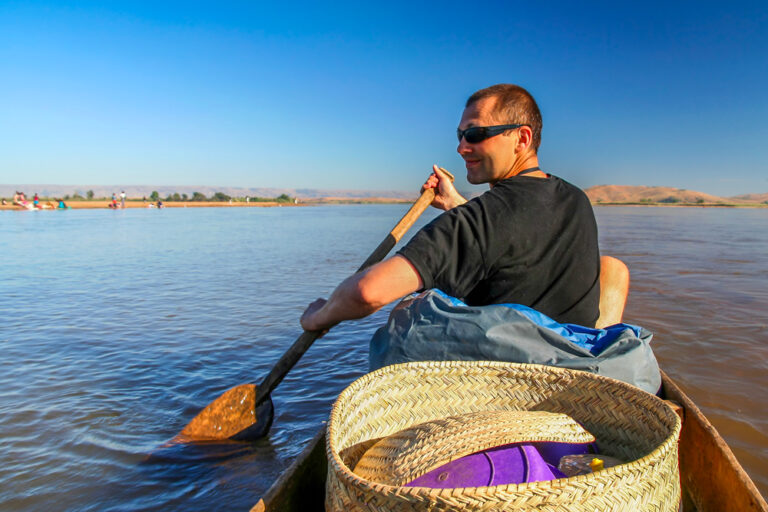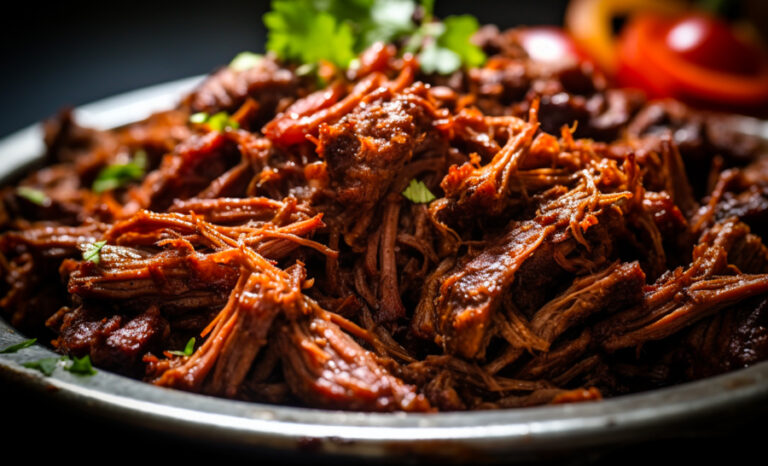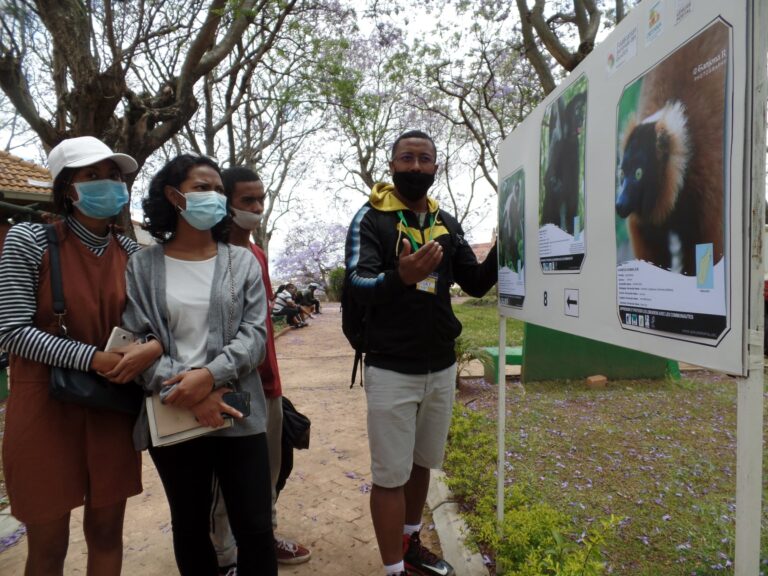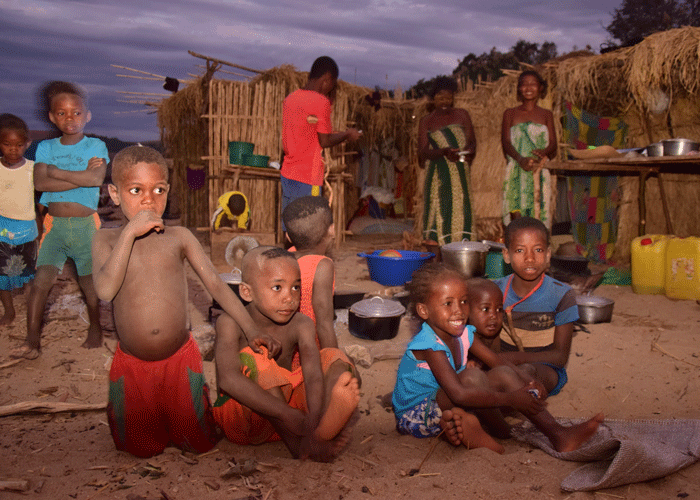
Traditional Malagasy Festivals and Ceremonies
Malagasy festivals are numerous, but their dates are unpredictable. They depend on the lunar calendar and the decisions of diviners. To attend, you must first be invited. Theoretically, you should also wear a lamba, a piece of cotton tied as a loincloth for men or draped over the chest for women, have bare feet (no shoes), and avoid consuming pork. However, be sure to check the specific rules for each ceremony. Here are some essential festivals and customs with their expected periods:

